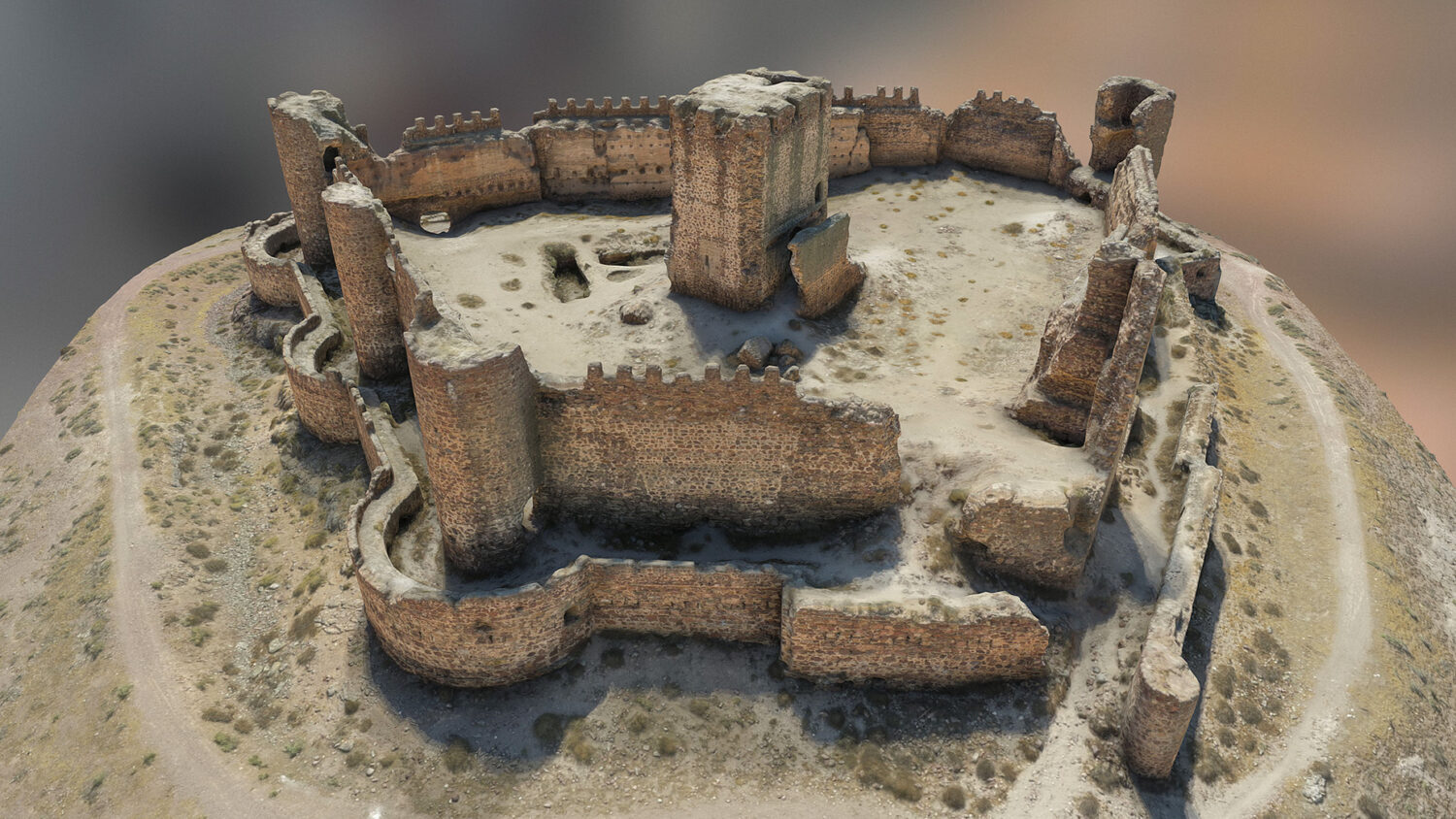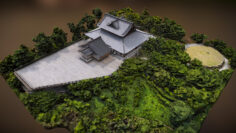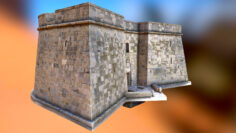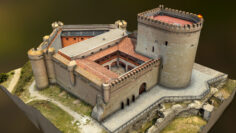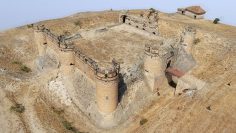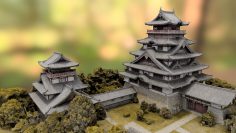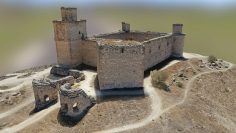Almuncid Castle, Toldeo
Almonacid Castle is a castle located in the Spanish municipality of Almonacid de Toledo, in the province of Toledo in Castilla-La Mancha. It is approximately 20 km from the capital, Toledo along the Autovía de los Viñedos and lies on a hill dominating the village of Almuncid below, and can be seen from kilometers away.
According to legend its name is derived from a Spanish word meaning “The battlements of El Cid”. El Cid is a very famous Spanish knight who played a great role during the Reconquest. More probably the name is derived from a Latin word; “almonaster”, meaning monastery as the castle was called “ribat” (Moorish for monastery) by the Moors.
Description and characteristics
The castle is polygonal in shape and its inner defensive wall has remnants of 2 square and 3 round towers. It features high exterior walls that are completely surrounded by a narrow moat along with an interior enclosure, and a central turret. It is constructed of stone masonry and adobe brick, offering well worked ashlars in some corners of the wall and in the central tower, where almost all the stones were extracted.
The walls of the interior enclosure are thick adobe and the domes of the towers are of brick. Inside, only the keep remains, located in the center of a large enclosure. It consists of a tower that has three floors with brick vaults. There are remains of two cisterns, a silo and some rooms. Its triple embrasures are also notable.
A report from the architect Don Pedro Gumiel, in the 16th century, tells us that the castle had, at the time in which he was planning reforms, various water deposits, bakery, silos and even a great room with a chimney of seventy square meters.
History of the Castle
This castle was most probably built by the Moors. Its first mention was in 848 and is of Muslim origin, when it served as a strategic surveillance point for an ancient road to La Mancha and in 854 it was the scene of a great battle between the troops of the Emir of Córdoba and rebels from Toledo.
In the 11th century it became the property of King Alfonso VI of León and Castilla as part of the dowry of his wife princess Zaida, a Muslim princess and daughter of the Moorish king. He donated it to the Cathedral of Santa María de Toledo, and it was reformed in the 14th century by order of the Archbishop of Toledo.
Later the pretender to the Portuguese throne Don Alfonso Enríquez, count of Gijón and Noreña and bastard son of Enrique II of Castile, was arrested and imprisoned in the castle by order of his brother Juan I of Castile for over 8 years.
Battle of Independence
In the 18th century it served as a refuge for the troops of General Venegas, the commanding officer of the Spanish troops in the fight against the French at the battle of Almonacid during the Napoleonic Wars.
The battle was won by French troops, commanded by General Sebastiani but at the cost of 4000 men on the Spanish side and over 2000 men on the French side. The French took the castle, destroying part of it when they left. It is in memory of this victory that the name Almonacid appears on the Arc de Triomphe in Paris.
Did you know that!
In 1839, the municipality’s city council, faced with the economic needs that existed, allowed residents to take bricks from the fortress to put them up for sale, which led to a great deterioration of the structure. It is said that the castle will be sold by the municipality’s city council for one euro cent to anyone who undertakes to completely restore it.



